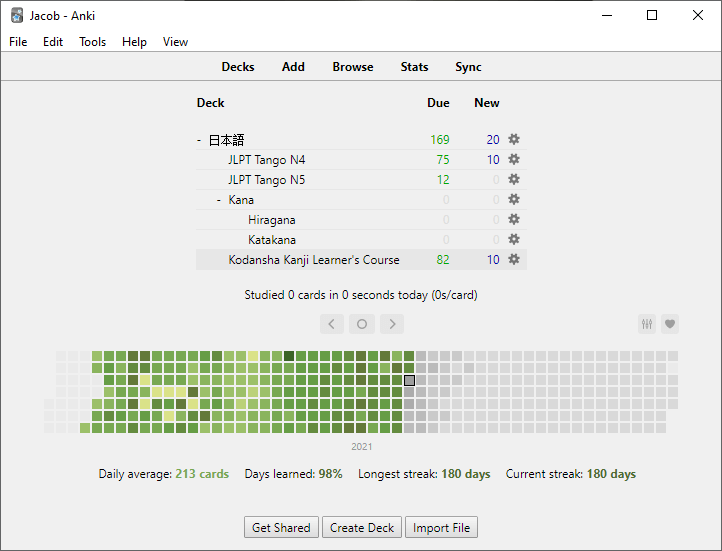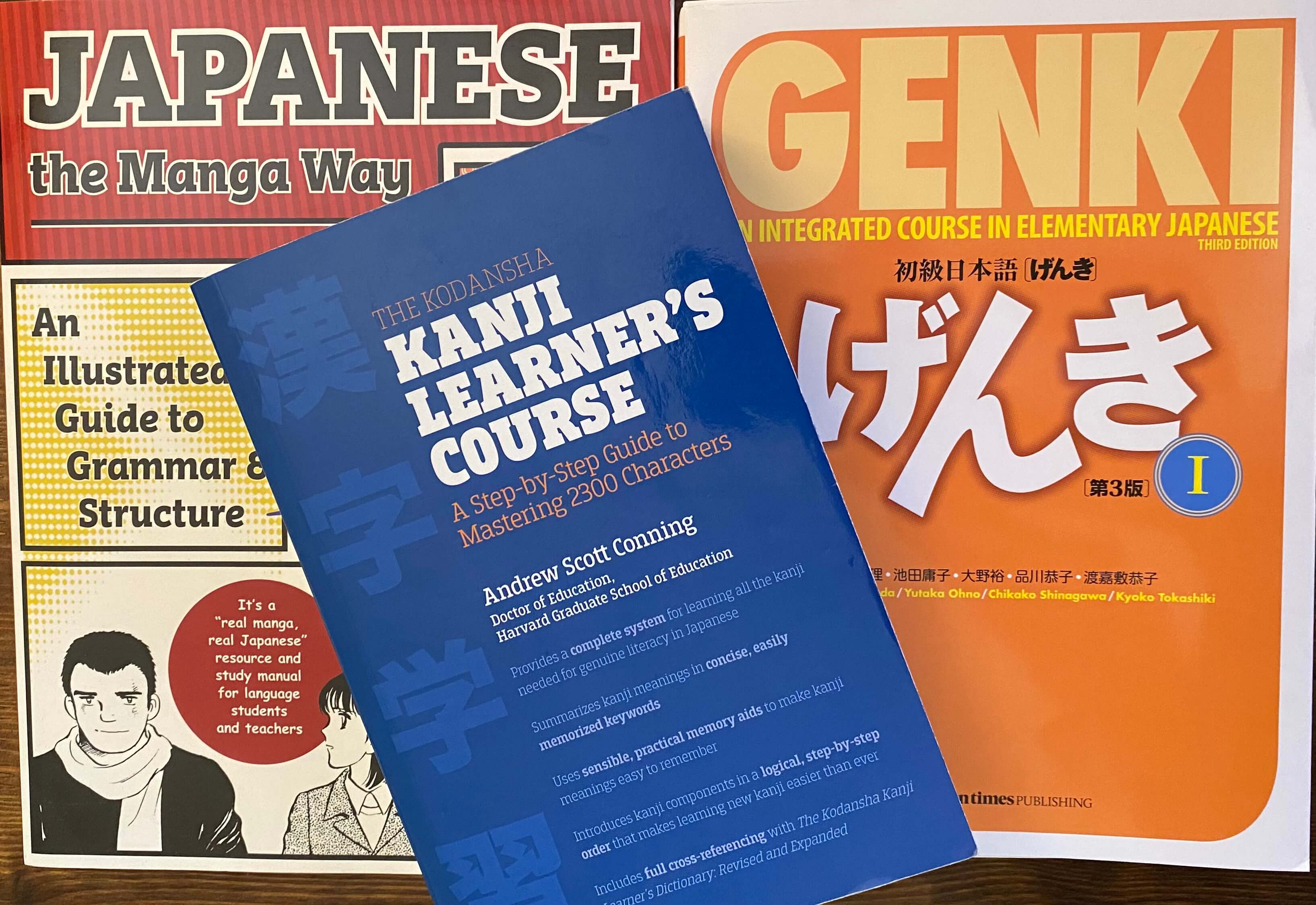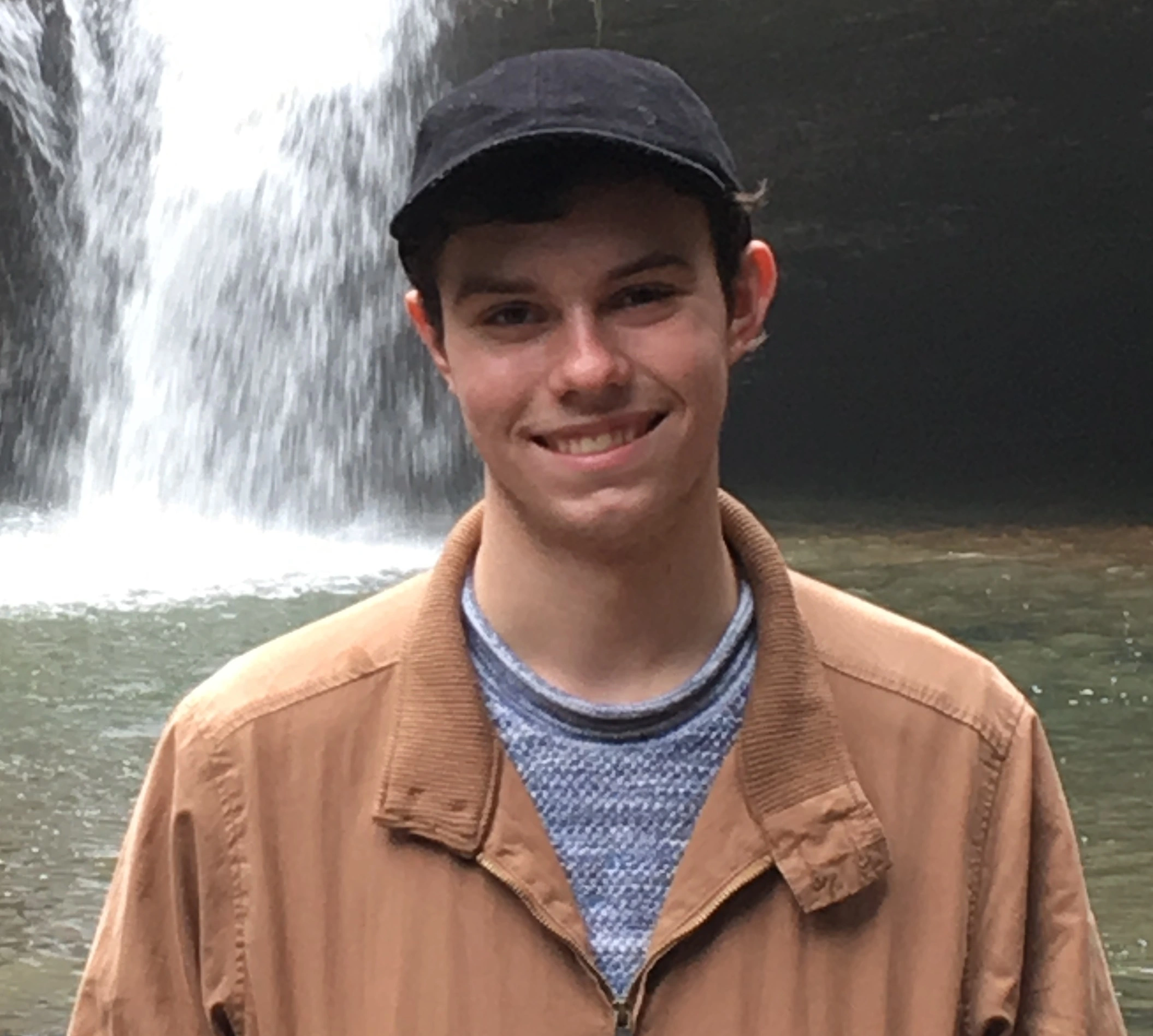Japanese Self-Study Workflow
July 28, 2021
I made my 2021 New Year’s resolution to begin learning Japanese. It is now July and I am continuing to learn Japanese each day. I think this is the first New Year’s resolution that I’ve actually stuck to. It’s been hard to build up the habit and consistency of practicing Japanese each day, but I am proud of the point that I have reached.
While the best method to learn a new language entirely depends on the learner, I figured that I would detail what works for me. Up until July 6th, I had been entirely studying on my own. I am now taking an Extended Basic Japanese course through the University of Cincinnati in addition to studying 1.5 - 2 hours each day. The course is based off of the Genki I textbook and workbook. However, everything that I’ve done on my own has leveraged a variety of resources.
To give some background, Japanese has three different writing systems. The largest system, kanji, was adapted from Chinese characters. The other two systems are hiragana and katakana, known collectively as kana. Kana are syllabaries and are comprised of 48 core characters. On the other hand, the list of most used kanji comes in at 2136 characters. Kanji can also have many different context-dependent meanings and pronunciations.
I started my journey with marshallyin.com, a fantastic and completely free website with hundreds of lessons and quizzes. The alphabet course takes you through hiragana and then katakana. There are great mnemonics for each character as well as example pronunciations. The course also takes you through the stroke order for writing each character. I took things rather slow and worked on 5 new characters per day. I practiced writing each new character as it was introduced and reviewed with the iOS app Kana. After building up my proficiency with both hiragana and katakana, it was time to move on to reading.

I’ve really enjoyed using Anki to learn new vocabulary and practice reading. Anki, seen above, is a program that takes decks of flashcards and presents them using spaced repetition. Essentially, flashcards are given shorter or longer intervals depending upon your performance. If you continually get a card correct, then the interval will grow larger and larger as your need to review the card decreases. I primarily use the decks JLPT Tango N5 and JLPT Tango N4. JLPT stands for Japanese-Language Proficiency Test. The JLPT has 5 levels, with N5 being the easiest and N1 being the hardest. Tango is the romanized spelling of 単語, vocabulary. For the N4 deck, I went with 15 new cards a day. It took me a little over two months to become exposed to each card. At this point, I review around 20 cards from the N5 deck per day. I am currently working through the N4 deck, with 10 new cards per day.
Anki has a wonderful community of creators that make add-ons for the program. I personally use the following:
As I previously mentioned, there are many different kanji. I’ve been using The Kodansha Kanji Learner’s Course to work through 2300 kanji. The process that works best for me is to look over the entries for 10 new kanji and then to use an Anki deck to review. I am currently on track to have seen every kanji in the deck at least once by December 29th. It’s my goal to only review those 2300 kanji in 2022.
While I have been covering the bases of reading sentences and writing characters, I am left with a deficit in terms of grammar, speaking, and listening. The course that I’ve been taking through my University has been great so far in polishing those abilities. I also particularly like working on grammar with Japanese the Manga Way. I would caution anyone following a similar path to the one I am to make sure that you balance both language input and output as you learn.

I am proud to look back to where I started compared to where I am now, but I know that there is a long road ahead. I will be taking another Japanese course next semester and I plan to continue spending at least an hour each day studying. Learning Japanese has been an incredible experience and has helped me to see Japanese culture in a different perspective. If you were like me, and spent too much time pursuing instant gratification and pointless endeavors, I can’t recommend enriching experiences like learning a new language enough.
~ JHE

